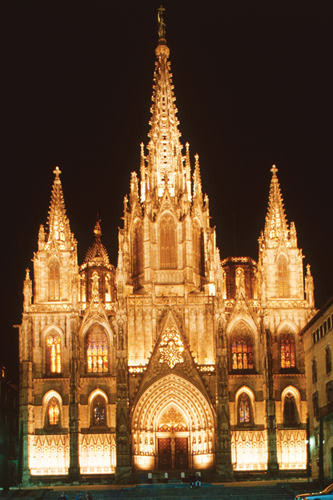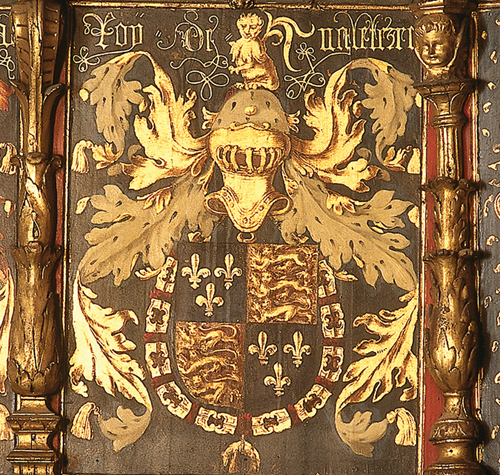Barcelona Cathedral
From its Gothic cloister and Baroque chapels to its splendid, 19th-century façade, the Cathedral, dating from 1298, is an amalgam of architectural styles, each one paying homage to a period in Spain’s religious history. Records show that an early Christian baptistry was established here in the 6th century, later replaced by a Romanesque basilica in the 11th century, which gave way to the current Gothic Cathedral. This living monument still functions as the Barri Gòtic’s spiritual hub.
Cathedral
Casa de L’Ardiaca
Museu Diocesà
|
Cathedral GuideThe most impressive entrance to the Cathedral is its main portal on Plaça de la Seu. As you enter, to the left lie a series of chapels, the organ and elevators that take you to the terrace for phenomenal views of the Barri Gòtic (see Barcelona Cathedral). The Casa de L’Ardiaca lies to the right of the Cathedral’s main entrance (at Carrer Santa Llúcia 1); the Museu Diocesà is to the left (at Avinguda de la Catedral 4). |

|
|
Top 10 Features
Crypt of Santa Eulàlia
In the crypt’s centre lies the graceful alabaster sarcophagus (1327) of Santa Eulàlia, Barcelona’s first patron saint. Reliefs depict her martyrdom.
Capella del Santíssim Sacrament i Crist de Lepant
This 15th-century capella (chapel) features the Christ de Lepanto, which, legend has it, guided the Christian fleet in its 16th-century battle against the Ottoman Turks.
Capella de Sant Benet
Honouring Sant Benet, the patron saint of Europe, this chapel showcases the 15th-century altarpiece Transfiguration of the Lord by illustrious Catalan artist Bernat Martorell.
Capella de Santa Llúcia
This lovely Romanesque chapel is dedicated to Santa Llúcia, the patron saint of sight and vision. On her saint’s day (13 December), the blind (els cecs) arrive in large numbers to pray at her chapel.
Pia Almoina & Museu Diocesà
The 11th-century Pia Almoina, once a rest house for pilgrims and the poor, houses the Museu Diocesà, with Romanesque and Gothic works of art from around Catalonia.
Casa de L’Ardiaca
Originally built in the 12th century, the Archdeacon’s House sits near what was once the Bishop’s Gate in the city’s Roman walls. Expanded over the centuries, it now includes a leafy patio with a fountain.






